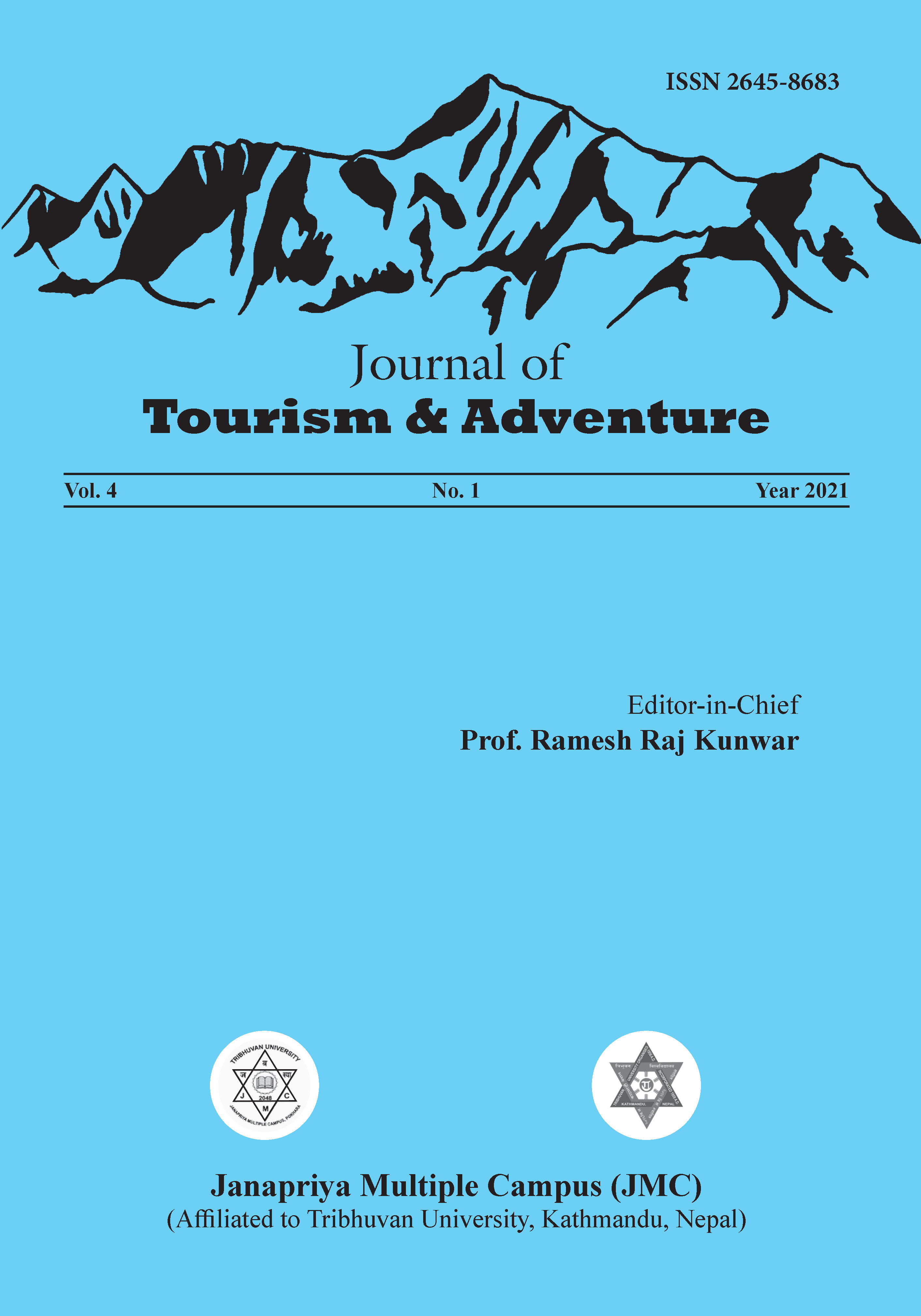Extreme Sport: Understanding the Concept, Recognizing the Value
DOI:
https://doi.org/10.3126/jota.v4i1.40681Keywords:
Extreme sport, motivation, risk, wellbeing and wellness, lifeworld approachAbstract
Extreme sport is one of the fastest-growing areas in sporting activity in this century. Extreme sport appears to be used interchangeably with high-risk sport in much of the research literature. Both high-risk sport and extreme sport are defined as any sport where one has to accept a possibility of severe injury or death as an inherent part of the activity. Extreme sports are rapidly becoming the physical activity of choice. Extreme sports have diffused around the world at a phenomenal rate and far faster than established sports. Commercially, extreme is the password for corporations and advertisers to access young population. Extreme sports increasingly attract participants from different social classes and age groups, as well as females and minority groups. The extreme sport comprises tourist activities, therapeutic activities, recreational activities, and sporting activities. They have become a sporting spectacle. Extreme sports are even discussed in marketing (niche market), management, and policy literature as legitimate niches that require their peculiar understanding or inappropriate activities that need to be banned. Adventure and risk-taking sports such as mountaineering, whitewater rafting, surfing, skiing, skydiving, downhill mountain biking, rock climbing, and BASE (Building, Antenna (or Aerial), Span (i.e., bridge), Earth (cliffs or other rock formations)) have increased in popularity in recent years. This study is an overview of previous studies carried out by eminent scholars of psychology and different disciplines. The objective of this study is to understand extreme sport in better way on one side and how extreme (or adventurous) sport has been theoretically conceptualized and re-conceptualized on the other. The researcher made an effort to disseminate the knowledge of extreme sports to the students, researchers, entrepreneurs, media personnel, and other concerned authorities, related organizations, and institutions. It is also believed that this study will help to promote adventure education, adventure tourism (niche tourism) and deep ecology. The participants strongly believe that the natural world acts as a facilitator to a deeper, more positive understanding of self and its place in the environment. Fear, emotion, stress, risk, uncertainty, motivation, wellness, wellbeing, personality traits and determination are the key elements of extreme sports.
Downloads
Downloads
Published
How to Cite
Issue
Section
License
Authors retain the copyright of their articles.




